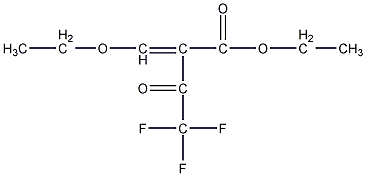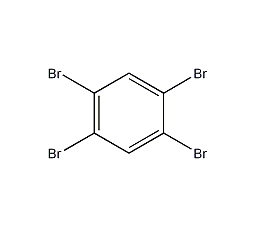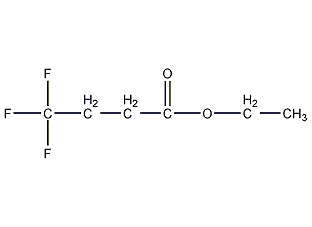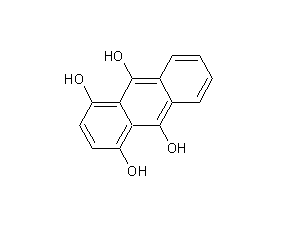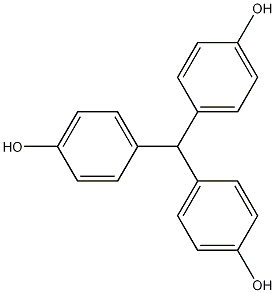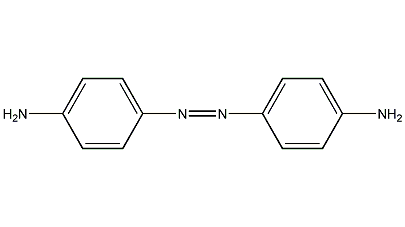2,4,4-Trimethyl-2-pentanol


Structural formula
| Business number | 079E |
|---|---|
| Molecular formula | C8H18O |
| Molecular weight | 130.23 |
| label |
2-Hydroxy-2,4,4-trimethylpentane, aliphatic compounds |
Numbering system
CAS number:690-37-9
MDL number:MFCD00101611
EINECS number:None
RTECS number:None
BRN number:None
PubChem ID:None
Physical property data
1. Properties: colorless and transparent liquid.
2. Density (g/mL, 25/4℃): 0.819
3. Relative density (20℃, 4℃): 0.823
4 . Melting point (ºC): Undetermined
5. Boiling point (ºC, normal pressure): 164.4
6. Refractive index at room temperature (n25): 1.426
7. Refractive index at room temperature (n20): 1.428
8. Flash point (ºC): Undetermined
9. Specific rotation (º): Not determined
10. Autoignition point or ignition temperature (ºC): Not determined
11. Vapor pressure (kPa, 25ºC): Not determined Determined
12. Saturated vapor pressure (kPa, 60ºC): Undetermined
13. Heat of combustion (KJ/mol): Undetermined
14. Critical Temperature (ºC): Undetermined
15. Critical pressure (KPa): Undetermined
16. Log value of oil-water (octanol/water) partition coefficient: Undetermined
p>
17. Explosion upper limit (%, V/V): Undetermined
18. Explosion lower limit (%, V/V): Undetermined
19. Dissolution Sex: Undetermined.
Toxicological data
None
Ecological data
Generally not hazardous to water, do not discharge material into the surrounding environment without government permission.
Molecular structure data
1. Molar refractive index: 40.57
2. Molar volume (cm3/mol): 158.1
3. Isotonic specific volume (90.2K ): 357.3
4. Surface tension (dyne/cm): 26.0
5. Dielectric constant:
6. Dipole moment (10-24cm3):
7. Polarizability: 16.08
Compute chemical data
1. Reference value for hydrophobic parameter calculation (XlogP): 2.2
2. Number of hydrogen bond donors: 1
3. Number of hydrogen bond acceptors: 1
4. Number of rotatable chemical bonds: 2
5. Number of tautomers: none
6. Topological molecule polar surface area 20.2
7. Number of heavy atoms: 9
8. Surface charge: 0
9. Complexity: 87.2
10. Number of isotope atoms: 0
11. Determine the number of atomic stereocenters�:0
12. Uncertain number of stereocenters of atoms: 0
13. Determined number of stereocenters of chemical bonds: 0
14. Uncertain chemical bonds Number of stereocenters: 0
15. Number of covalent bond units: 1
Properties and stability
Keep away from oxides.
Storage method
Store in an airtight container in a cool, dry place. Store away from oxidizing agents. Avoid sources of fire.
Synthesis method
None
Purpose
None
